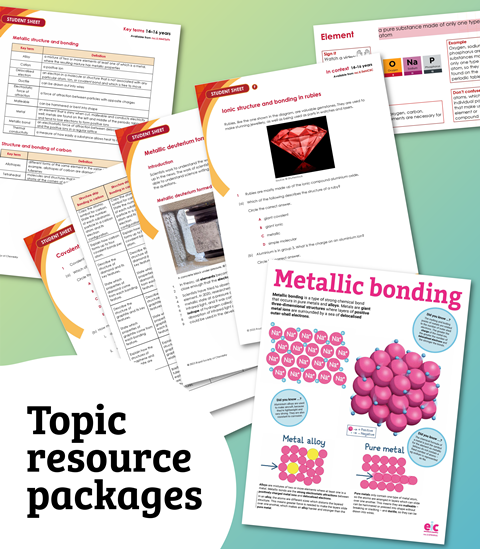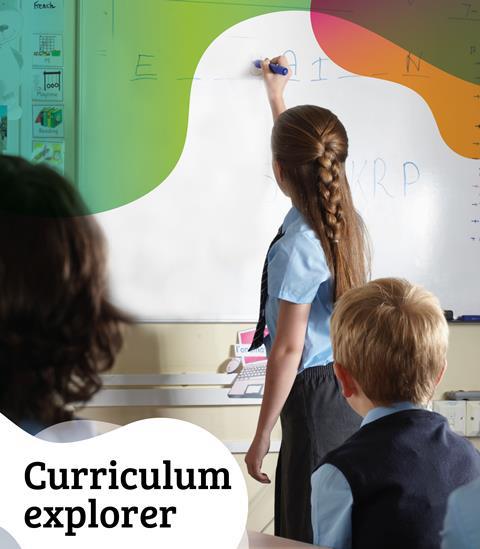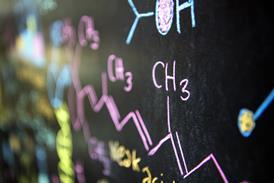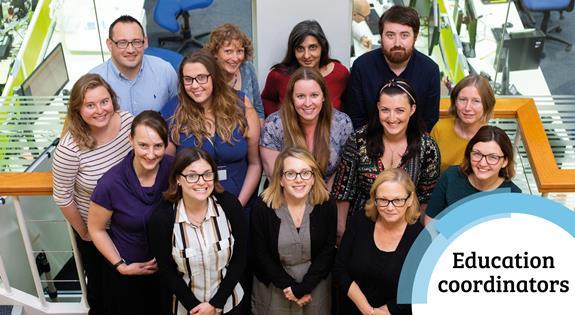All Atoms and bonds articles – Page 8
-
 Demonstration
DemonstrationThe density of ice
Demonstrate to students what happens as ice cubes floating on oil start to melt and the density of the water changes. Includes kit list and safety instructions.
-
 Resource
ResourceChemistry Vignettes: Transition Metal Fundamentals
A series of short screencast videos to introduce transition metal chemistry
-
 Resource
ResourceChemistry Vignettes: NMR Theory
A series of short screencast videos to introduce NMR spectroscopy Video: NMR: Atoms and Molecules in a Magnetic Field Video: NMR: Nuclei in a Magnetic Field Video: NMR: Fine structure
-
 Resource
ResourceChemistry Vignettes: IR Spectroscopy Theory
A series of short screencast videos to introduce IR spectroscopy
-
 Resource
ResourceChemistry Vignettes: Molecular Orbital Theory
A series of short screencast videos to introduce acids and bases
-
 Resource
ResourceChemistry Vignettes: Bonding Theory and VSEPR
A series of short screencast videos to introduce bonding theory.
-
 News
NewsTrapped nanoparticles for 'wet' computing
Information stored and retrieved in colloidal particles
-
 The Mole
The MoleChemistry is NOT like... people!
While analogies are useful for explaining chemical processes, they should be used carefully, says Tom Husband
-
 Feature
FeatureSeeing is believing
Elinor Hughes discovers the technique that has imaged molecules directly for the first time
-
 News
NewsElusive fermion found at long last
Experimental observation of Weyl fermions in a tantalum arsenide crystal ends search after 86 years
-
 Opinion
OpinionFive ideas in chemical education that must die: Chromium's anomalous configuration
Eric Scerri argues that we may be misleading students about what's behind chromium's anomalous configuraton
-
![Shutterstock 195864272 300tb[1]](https://d1ymz67w5raq8g.cloudfront.net/Pictures/100x67/6/3/8/113638_shutterstock_195864272_300tb1.jpg) Opinion
OpinionFive ideas in chemical education that must die: The atomic orbital conundrum
Are 4s atomic orbitals preferentially occupied and ionised?
-
 Resource
ResourceMolymod sets
These popular molecular modelling sets can be used to make many different molecules. This makes them ideal for use by students, educators and researchers. Follow the links below buy the sets in our online shop. If you’re a member of the Royal Society of Chemistry, you’re entitled to a 35% ...
-
 Resource
ResourceJournal articles made easy: Predict crystallinity
This article looks at predicting and controlling the crystallinity of molecular materials. It will help you understand the research the journal article is based on, and how to read and understand journal articles. The research article was originally published in our CrystEngComm journal. Will it crystallise?Predicting crystallinity of molecular materialsClick ...
-

-

-
 Resource
ResourceFormal charge
This activity introduces formal charge – a useful tool which otherwise might not be taught. The formal charge model treats bonds as pure covalent, in contrast to the oxidation state model which treats bonds as ionic.
-
 Resource
ResourceCovalent bonding
This activity seeks to develop an understanding of covalent bonding in terms of energetic stability rather than full shells.
-
 Resource
ResourceAtoms, elements, molecules, compounds and mixtures
This activity is designed to help students clarify the relationship between atoms, elements, molecules, compounds and mixtures. It also develops the skill of using Venn diagrams in organising their understanding.
-
 Resource
ResourceThe atom detectives
This resource presents chemists as real people and not stereotypical ‘mad scientists’ whose lives are completely dominated by science.











